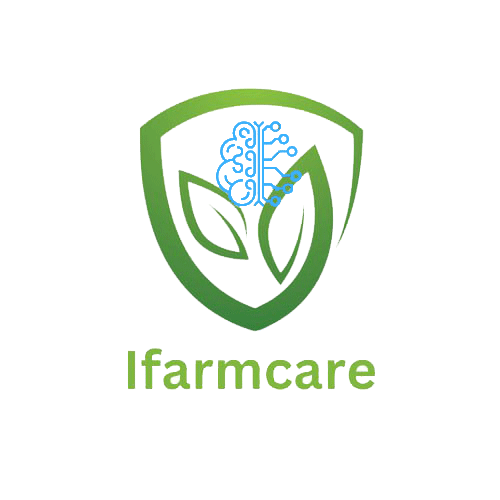No products in the cart.
Blogs and articles
Diagnosing plant diseases in agriculture with artificial intelligence
Title: Disease Detection in Plant Agriculture Using Artificial Intelligence: Advancements and Applications
Abstract:
The application of artificial intelligence (AI) in disease detection has revolutionized plant agriculture by providing early and accurate identification of diseases. This article explores the benefits and advancements in using AI for disease diagnosis in agriculture. AI algorithms, combined with image recognition, machine learning, and data analysis techniques, enable rapid and precise identification of plant diseases. By analyzing visual symptoms, leaf patterns, and historical data, AI systems can detect diseases at an early stage, facilitating timely interventions and preventing widespread crop losses. This article highlights the potential of AI in transforming disease management practices, improving crop health, and ensuring sustainable agricultural production.
- Introduction:
Disease detection plays a crucial role in mitigating the impact of plant diseases on agricultural yields. The integration of AI in disease diagnosis offers a revolutionary approach to early detection and effective disease management. This article discusses the benefits and advancements associated with using AI for disease detection in plant agriculture.
- Image Recognition and Diagnosis:
AI algorithms have been trained to analyze images of plants and identify visual symptoms associated with diseases. By comparing plant images against vast databases, AI systems can accurately diagnose diseases in real-time. This image recognition capability enables rapid and precise identification of diseases, empowering farmers to take timely action to prevent further spread and damage.
- Machine Learning for Disease Classification:
AI-driven machine learning techniques can analyze vast amounts of data, including historical records and environmental factors, to identify patterns and correlations between disease outbreaks and specific conditions. By learning from these patterns, AI models can classify diseases accurately and provide insights into disease progression and potential treatment strategies. This data-driven approach enhances disease management practices and helps farmers make informed decisions.
- Early Disease Detection and Prevention:
AI-powered disease detection systems enable the early identification of plant diseases, even before visual symptoms become apparent. By utilizing hyperspectral imaging and other advanced sensing technologies, AI algorithms can detect subtle changes in plant physiology, such as alterations in leaf color or reflectance. Early detection allows farmers to implement preventive measures promptly, minimizing crop losses and reducing the reliance on chemical interventions.
- Remote Monitoring and Real-Time Alerts:
AI-based disease detection systems can be integrated with remote sensing technologies, such as drones or satellite imagery, for large-scale monitoring of agricultural fields. These systems continuously analyze remote sensing data and provide real-time alerts to farmers regarding potential disease outbreaks. This proactive approach facilitates timely responses and helps optimize disease management strategies across vast agricultural landscapes.
- Data Integration and Decision Support:
AI technologies enable the integration of multiple data sources, including climate data, crop history, and disease records. By combining these diverse datasets, AI systems can provide comprehensive decision support tools for farmers. These tools assist in predicting disease risks, optimizing treatment plans, and recommending appropriate disease management practices, resulting in more efficient and targeted interventions.
- Advancing Sustainable Agriculture:
The implementation of AI in disease detection promotes sustainable agriculture practices. By enabling early and accurate disease identification, AI reduces the reliance on broad-spectrum chemical treatments, minimizing environmental impact and preserving ecosystem health. Furthermore, AI-based disease management allows for precise resource allocation, reducing unnecessary pesticide use and optimizing resource efficiency.
- Conclusion:
The integration of AI in disease detection has transformed disease management practices in plant agriculture. By leveraging image recognition, machine learning, and data analysis, AI systems provide early and accurate identification of plant diseases, enabling timely interventions and minimizing crop losses. The potential of AI in revolutionizing disease management, improving crop health, and ensuring sustainable agricultural production is immense. As technology continues to advance, AI-driven disease detection systems will play a pivotal role in meeting the challenges of global food security and driving the future of agriculture.

